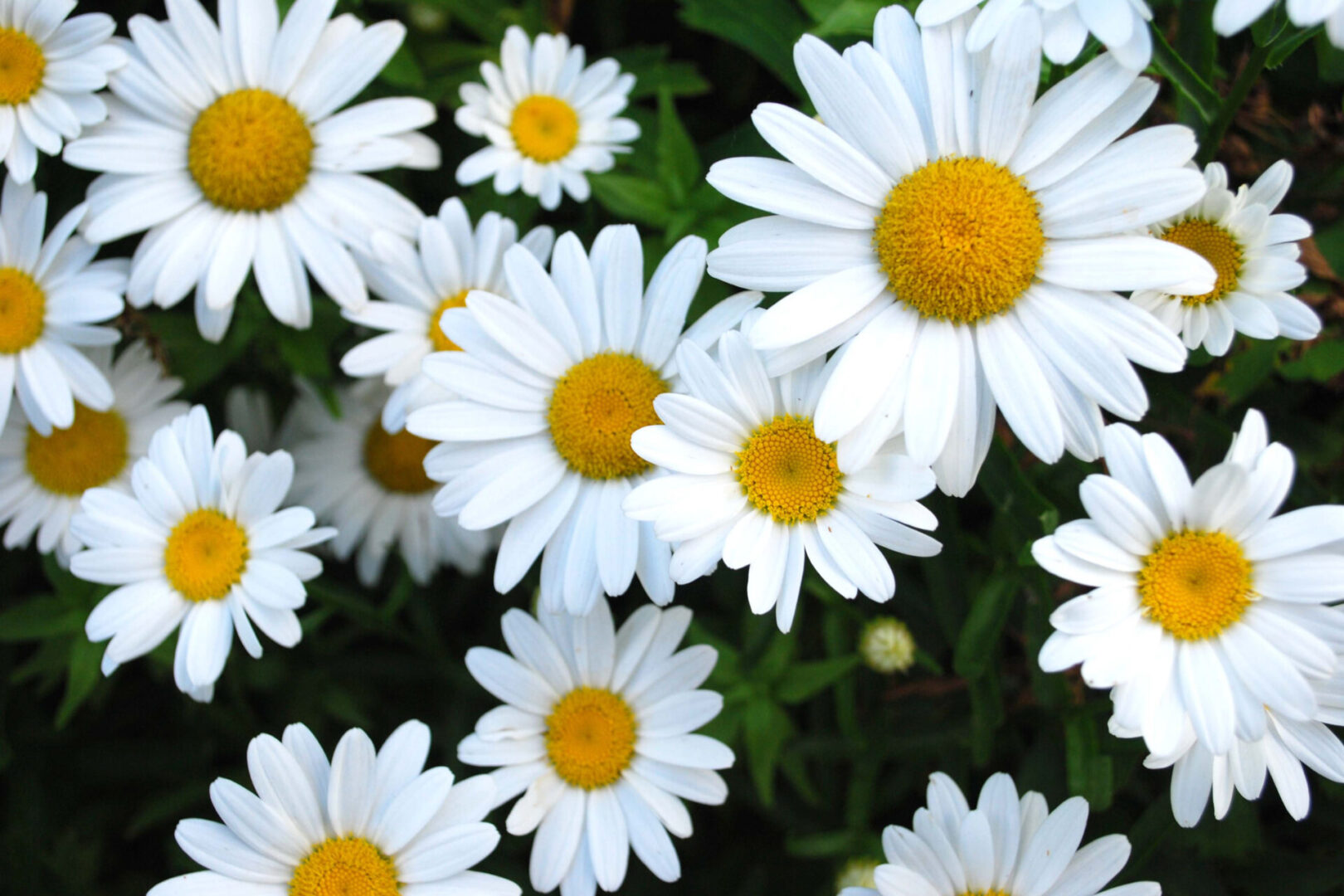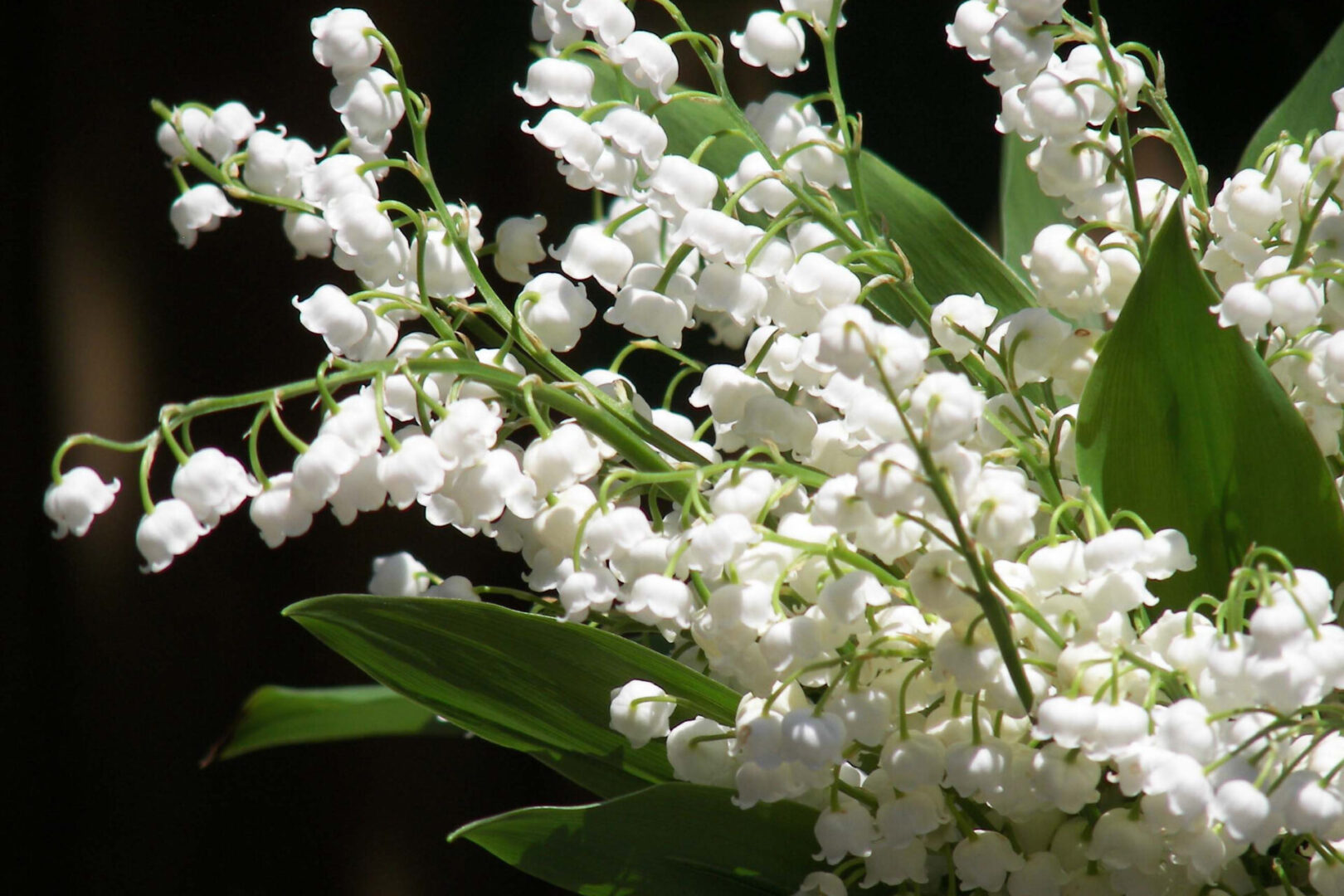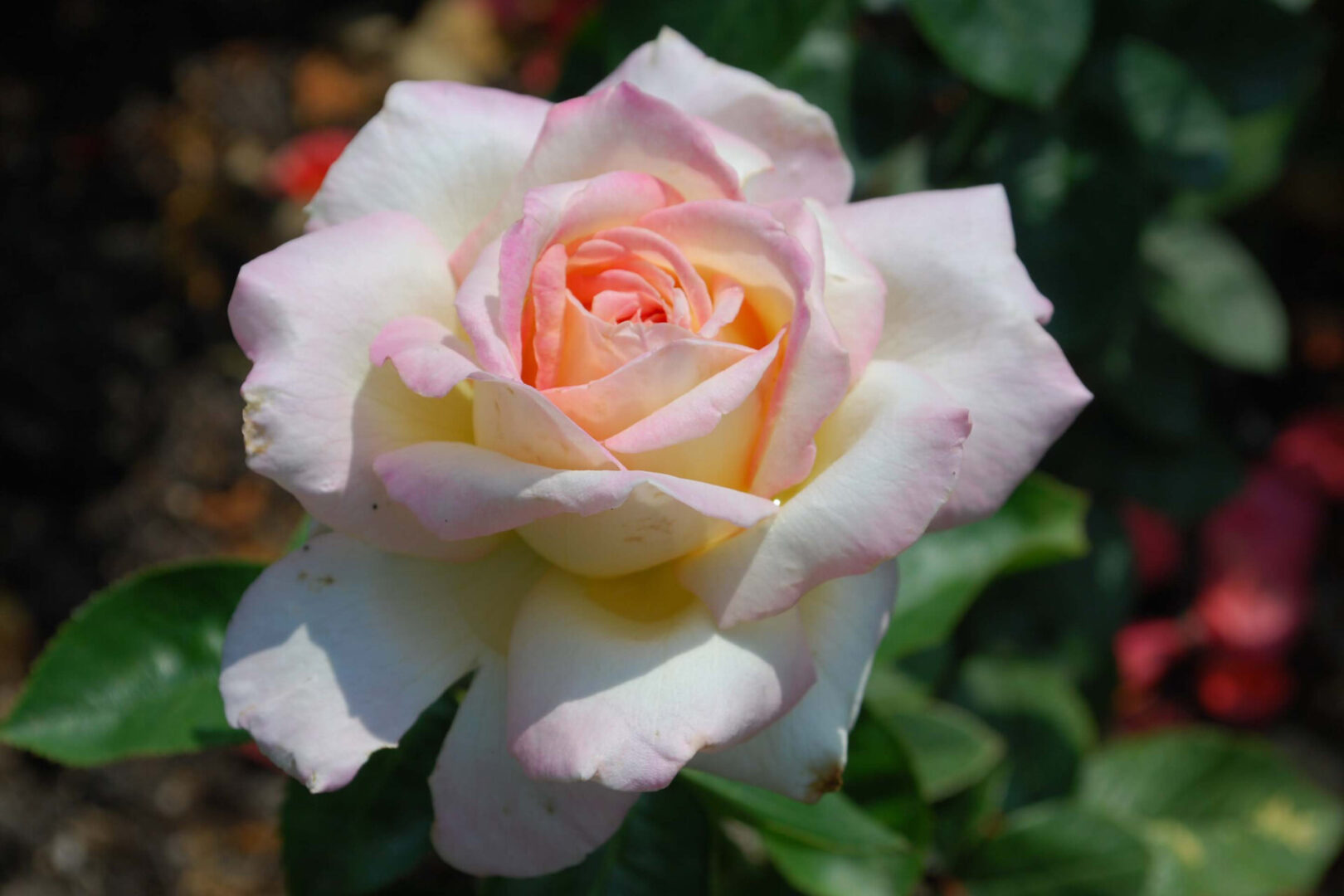Amaryllis

Amaryllis bulbs are very popular around the holidays. These large bulbs are used as houseplants and are usually planted around Thanksgiving time to produce blooms around Christmas time. Amaryllis is native to Central and South America. The bulbs are very large and usually planted one to a pot, although you can get more bulbs in with larger, wider pots. These bulbs like to be pot bound so choose a pot that just a bit bigger than the bulb. Typically, the bulbs produce one or more thick hollow stems called scapes with buds appearing at the top of the scape. Colorful blooms are in shades of red, pink, salmon, orange, or white. There are also striped and multicolored varieties.
Before planting, soak just the base of the bulb (not the entire thing) in warm water for an hour or so. Then plant in well drained potting soil with the top half of the bulb above the soil line. Place the planted bulb in direct sunlight in a warm place. Heat is needed to start the development of the stem. Water sparingly and make sure the top two inches of soil is dry before watering again. Overwatering is the main cause of problems with amaryllis bulbs.
When the plant starts to bloom move it out of direct sunlight to bright indirect light. Saving the bulb and getting it to rebloom can be done with some work. After blooming, cut back the flower stalk but leave any foliage. In summer move the plant outside. Continue to water and fertilize. Stop watering in August and when the leaves die back cut them down and bring the pot inside. Keep in a cool dark location for six weeks. Then place in warm sunlight and lightly water to get the growth cycle started again.
If you are concerned about watering and caring for this indoor plant then let me introduce you to my favorite type of amaryllis bulb…the waxed bulb. These large bulbs are coated with wax with all the nutrients and water contained in the wax. Absolutely no watering needed! Just set the waxed bulb in a bright warm location and wait for the shoots to appear. Once they start blooming move them to bright indirect light. I usually get 3 weeks of blooms. Sometimes the bulb will send up a second stem. Clip off the spent blooms. Unlike regular amaryllis bulbs these bulbs are a one-shot deal and should be disposed of when finished blooming.
Also important to note the Amaryllis bulb is toxic to pets so keep them away from animals that might treat them like a tempting snack.






